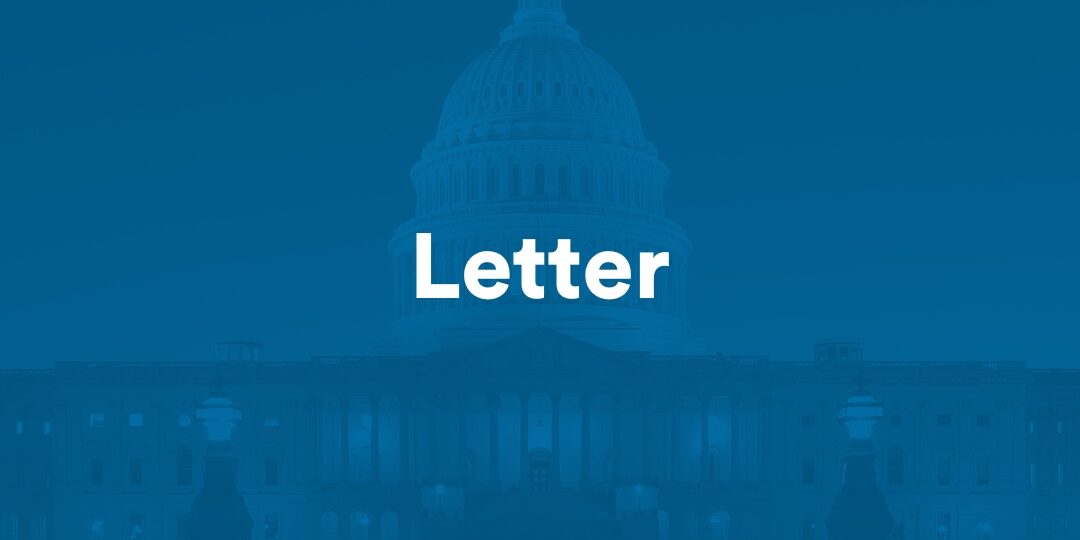January 9, 2024
Good morning. I’m Mark Lindeman, Policy & Strategy Director at Verified Voting, a nonpartisan, nonprofit organization focused on technology and trustworthy elections. I served as the town of Windham’s designee on the audit team that examined miscounts in a New Hampshire House election back in 2021. For over a decade, I have worked with legislators and election officials in many states to implement routine post-election audits that check the accuracy of vote counts. Drawing upon that experience, I’m here to speak in support of SB489-FN and to suggest a few small adjustments.
Verified Voting was founded by computer scientists 20 years ago, and throughout that time, we have argued for (1) voter-verified paper ballots, (2) mostly counted by computer tabulators, with (3) routine manual audits of the paper ballots to check the counts, and (4) manual recounts when needed. We believe this broad approach is the best path to accurate election results that the public can trust. New Hampshire long has had most of these elements, and we are delighted that this bill provides for routine manual audits after each state primary, presidential primary, and general election.
As I construe it, this bill requires what I will call a two-stage audit.
- In the first stage, at least eight tabulators are randomly selected from around the state. The ballots from each tabulator are scanned by special audit equipment that interprets the votes on each ballot and records its vote interpretations for each ballot. The vote count totals from this process then are compared with the original results from that tabulator. The results may not be identical, but they should be very similar.
- Then, in the second stage, some ballots are randomly selected, and audit teams physically examine each selected ballot, record their own interpretations, and compare their human interpretations with the audit equipment’s interpretations. (Again, there should be few if any differences.)
Broadly speaking, the first stage uses the audit equipment to check the voting system, and the second stage uses people to check the audit equipment – so we aren’t relying on one computer to check another. This approach makes sense because manually checking a random sample of ballots can be more efficient, accurate, and observable than hand-counting many more ballots in multiple contests, especially under time pressure.
(You may wonder why it’s necessary to rescan the ballots. It’s true that New Hampshire’s new voting systems can record how they interpreted each ballot and even save a digital image of each ballot. However, to protect voter privacy and ballot anonymity, voting systems store those digital records in a different order than the actual paper ballots. Therefore, we can’t match a randomly selected ballot with how the voting system interpreted that ballot. And we can’t rely on the digital images from the voting system, because that would be using the voting system to check itself. But the audit equipment can store its ballot interpretations in the order ballots were scanned – and, if desired, can imprint serial numbers on the margins of the ballots – so we can match a randomly selected ballot with how the audit equipment interpreted the ballot.)
I suggest revising the bill language to further clarify these two stages and their distinct comparisons. Here for illustration is a possible approach:
V. The paper ballots for each device audited shall be counted by the audit equipment, and the vote totals shall be compared with the totals counted by the specific device being audited. The audit team shall announce the results of each comparison as it is completed.
VI.(a) A random sample of the paper ballots counted and/or scanned by each device being audited shall be selected, and each selected ballot shall be physically examined and compared with the voter’s choices recorded by the audit equipment for that ballot….
Relatedly, I believe that the ballot numbers and percentages in VI can be substantially reduced. An analogy may be helpful here: imagine designing a program to test water quality in New Hampshire lakes. You can’t check all the lakes, but you will probably want to check a wide variety of lakes while staying within your budget. At the same time, you may want to sample multiple locations in each lake, but you won’t want to test thousands or millions of gallons per lake. Similarly, in a two-stage election audit, you probably want to sample a wide variety of tabulators from all around the state, but you may not need or want to check many ballots from each tabulator. I would consider changing the current minimums for each tabulator (100 ballots or 4% of ballots, whichever is more) to perhaps 20-25 ballots per tabulator. For sampling purposes, the number of ballots checked matters far more than the percentage of ballots checked, so a percentage requirement may be unneeded. This change can facilitate checking additional tabulators in future elections.
I appreciate the opportunity to speak with you this morning, and I am happy to discuss any of these issues in further detail, here or in other settings.
Sincerely yours,
Mark Lindeman
Policy & Strategy Director, Verified Voting
